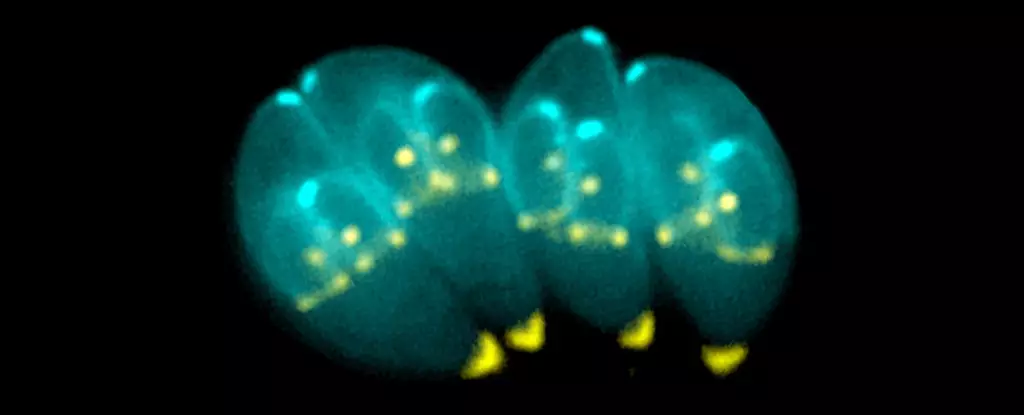The shock of a baby being born with a swollen brain, blindness, and debilitating seizures is unimaginable for any parent. However, these devastating conditions could have been prevented if a simple test for the common parasite Toxoplasma gondii had been taken. Toxoplasma can be picked up anywhere an infected cat has defecated, such as the litter box, sandbox, garden, or yard. Routes of infection also include consumption of contaminated water, undercooked meat, or shellfish. The impact of congenital toxoplasmosis on newborns can be life-altering, and it underscores the importance of early detection and treatment during pregnancy.
Currently, nations like France and Austria have been testing and treating toxoplasmosis during pregnancy for decades, with positive outcomes in reducing the severity of congenital toxoplasmosis. In Brazil, a similar program has recently been initiated. Blood tests can monitor the levels of Toxoplasma antibodies in parents, which can indicate an acute infection that puts the fetus at risk. Prompt administration of anti-parasitic drugs to pregnant individuals who develop toxoplasmosis can help protect the fetus from the worst outcomes of the infection. Despite the benefits shown in various studies regarding testing and treating toxoplasmosis during pregnancy, the US currently does not include Toxoplasma testing in prenatal screenings.
One of the major challenges in addressing congenital toxoplasmosis is the lack of national surveillance data on the infection in the US. The incidence of the disease may be underestimated, as many states do not monitor or report cases. Without standardized testing during pregnancy, researchers are unable to determine the true impact of Toxoplasma on miscarriages and infant health. The Centers for Disease Control and Prevention have highlighted the importance of routine testing to provide crucial data for evaluating the threat posed by Toxoplasma to babies. Additionally, standardized testing could shed light on the disparities in stillbirth rates, particularly among Black women.
Researchers have warned that environmental factors, such as climate change and the popularity of free-range, organically raised foods, may contribute to the rising prevalence of Toxoplasma infections. Free-range animals are more likely to pick up infectious Toxoplasma oocysts in outdoor environments contaminated with cat feces. Climate change, with its warmer temperatures and more powerful storms, can promote the persistence and dissemination of oocysts in the environment. Reports of virulent Toxoplasma strains migrating from South America could further exacerbate the severity of congenital toxoplasmosis infections in the US.
The economic cost of congenital toxoplasmosis is significant, as it imposes a steep physical, emotional, and economic burden on affected families. Dr. Rima McLeod from the University of Chicago’s Toxoplasmosis Center estimated that following France’s prenatal screening and treatment model could save US taxpayers $620 per child, or $2.5 billion annually. Researchers have developed new, cost-effective technologies for detecting Toxoplasma, such as finger-prick and saliva-based tests. With systematic prenatal testing and treatment protocols, the impact of congenital toxoplasmosis can be mitigated, offering a lifeline to unborn babies and their families.
Congenital toxoplasmosis poses a silent yet significant threat to unborn babies in the US. Early detection and treatment through prenatal testing can prevent devastating birth defects and long-term health complications. The lack of national surveillance, environmental factors, and economic considerations all underscore the urgent need for incorporating Toxoplasma testing in routine prenatal screenings. By taking proactive measures to address congenital toxoplasmosis, we can protect the health and well-being of future generations.


Leave a Reply